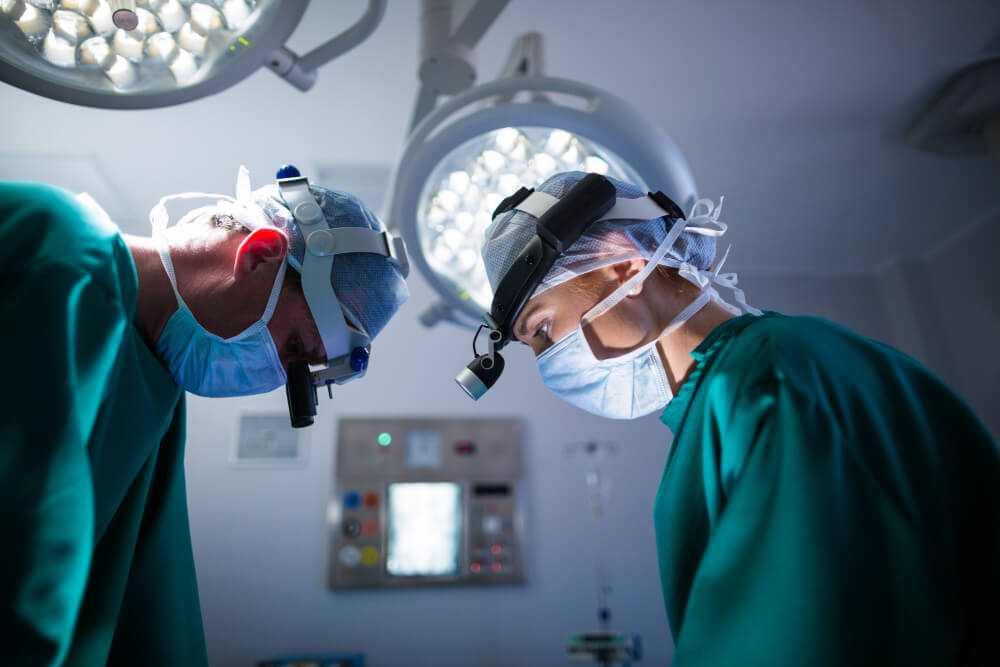Deep Brain Stimulation: A Ray of Hope for Movement Disorders and Beyond
For individuals living with movement disorders like Parkinson’s disease, essential tremor, and dystonia, everyday life can be a constant battle against tremors, rigidity, and involuntary muscle contractions. While medications can offer some relief, their effectiveness often diminishes over time, leaving patients yearning for a more sustainable solution. This is where deep brain stimulation (DBS) emerges as a beacon of hope, offering a revolutionary approach to managing these debilitating conditions.
What is Deep Brain Stimulation?
DBS is a surgical procedure that involves implanting thin electrodes deep within specific brain regions associated with movement control. These electrodes deliver mild electrical pulses, modulating abnormal brain activity and alleviating symptoms. Think of it as a pacemaker for the brain, but instead of regulating the heart’s rhythm, it regulates the electrical signals that control movement.
How Does DBS Work?
The specific brain regions targeted for DBS vary depending on the condition being treated. For Parkinson’s disease, the electrodes are typically placed in the subthalamic nucleus or globus pallidus internus. In essential tremor, the target is the thalamus. Once implanted, the electrodes are connected to a pulse generator, a small device placed under the collarbone or abdomen. This generator sends electrical pulses to the electrodes, which then modulate brain activity, leading to improved movement and symptom control.
Conditions Treated by DBS
While DBS is most commonly associated with Parkinson’s disease, its applications extend to a wider range of neurological conditions:
- Parkinson’s disease: DBS can significantly improve tremor, rigidity, and bradykinesia (slowness of movement) in patients with advanced Parkinson’s disease who no longer respond well to medication.
- Essential tremor: DBS is a highly effective treatment for essential tremor, a movement disorder characterized by uncontrollable shaking, particularly in the hands.
- Dystonia: DBS can alleviate the involuntary muscle contractions and abnormal postures associated with various forms of dystonia.
- Severe chronic pain: DBS shows promise in managing chronic pain conditions like neuropathic pain and failed back pain syndrome.
- Epilepsy: DBS is being investigated as a potential treatment for drug-resistant epilepsy.
- Obsessive-compulsive disorder (OCD): DBS is emerging as a potential treatment option for severe, medication-resistant OCD.
DBS Surgery and Recovery
DBS surgery is typically performed in two stages. In the first stage, the electrodes are implanted under general anesthesia. The surgeon uses precise imaging techniques like MRI to guide the placement of the electrodes. The second stage involves implanting the pulse generator and connecting it to the electrodes.
Recovery from DBS surgery is typically gradual. Patients may experience some temporary discomfort and swelling at the incision sites. Physical and occupational therapy can help patients adjust to the device and optimize stimulation settings for maximum benefit.
Risks and Considerations of DBS
While DBS is a safe and effective procedure, it’s important to understand the potential risks and considerations:
- Surgical risks: As with any brain surgery, there are risks of bleeding, infection, and stroke.
- Device-related complications: The implanted device may malfunction or require battery replacements.
- Stimulation side effects: Depending on the stimulation settings, some patients may experience side effects like speech difficulties, dizziness, or mood changes.
- Cost: DBS is a relatively expensive treatment.
Is DBS Right for You?
The decision to undergo DBS is highly individual and should be made in consultation with a qualified neurologist and neurosurgeon. Factors to consider include:
- The severity of your symptoms and their response to medication
- Your overall health and fitness for surgery
- Your expectations for the outcome
The Future of DBS
DBS is a rapidly evolving field with continuous advancements in technology and applications. New research is exploring:
- Closed-loop DBS: This system uses real-time brain activity monitoring to automatically adjust stimulation settings for optimal results.
- Personalized stimulation patterns: Tailoring stimulation patterns to individual patient needs for improved efficacy and reduced side effects.
- Expanding applications: Exploring the potential of DBS for treating other neurological and psychiatric conditions.
Conclusion
Deep brain stimulation offers a transformative treatment option for individuals with debilitating movement disorders and other neurological conditions. While it’s not a cure, it can significantly improve quality of life by alleviating symptoms and restoring control. With ongoing research and advancements, the future of DBS holds immense promise for revolutionizing the treatment of neurological disorders and offering hope to countless individuals yearning for a better quality of life.


